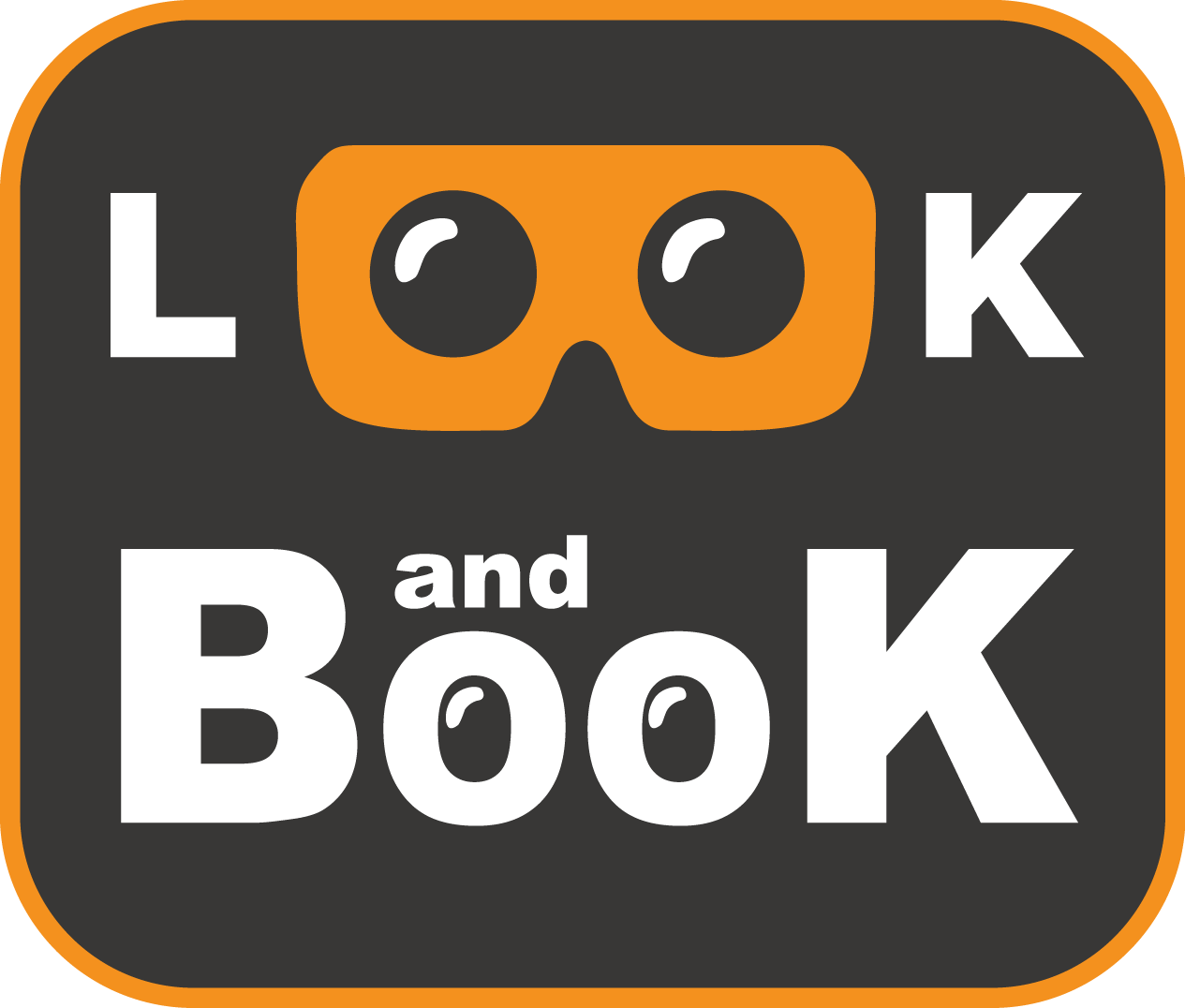Immersive technologies can help create experiences that engage potential customers and allow them to interact with the product in unique and memorable ways.
Some examples:
- Product Demonstrations: Using VR to create a 3D model of the product and allow users to interact with it. They could see the product from all angles, change color or size, and even see how it works. For example, if you’re launching a new car, potential customers could take a virtual test drive.
- Virtual Showrooms: A VR showroom where potential customers can walk around and explore the products. They can see the products in a context that simulates real-life size and use.
- Interactive Marketing Campaigns: Using AR or VR to create interactive marketing campaigns. For example, you could create a treasure hunt around Tasmania where people have to find virtual objects or clues using AR.
- Virtual Launch Event: If you’re unable to host a large physical launch event due to restrictions or logistics, consider a VR launch event. Invitees can attend the event virtually, interact with others, and explore the product in a virtual environment.
- Brand Storytelling: AR and VR can be used to tell the story of your brand or product in an engaging and immersive way. You could take users on a virtual tour of the place where the product is made, or show them the journey of the product from concept to completion.

